Five Graphic Novels chosen by Sophie Green
- James Phillips
- Sep 5, 2023
- 2 min read
Updated: Sep 14, 2023
Some stories are best told as novels or short fiction, others as songs or films or epic poems and some come into their own as graphic novels.
Graphic novels give readers an immersive reading experience in a format that is rich and exciting, where words and pictures interplay, often for tragic or comic effect. It’s akin to watching a film with subtitles – except that each picture can only be one of a very few stills in a series of sequential frames. As a result, the storytelling is lean and powerful and makes use of universal visual codes, of position, expression and movement, to get ideas across in a very neat way.
My gateway into graphic novels was Watchmen by Alan Moore, Dave Gibbons and John Higgins and my favourite series of all time is Saga by Brian K Vaughan and Fiona Sharp, but here are my five recommendations for the Suffolk Book League.
The Complete Maus by Art Spiegelman (Penguin: 2003 – originally published in serial form 1980-1991)
Maus was the first graphic novel to win a Pulitzer Prize. The story takes the shape of a series of interviews, flashbacks and encounters between Spiegelman and his father, a Polish Jew and Holocaust survivor. Profoundly sad and funny, Maus is an unforgettable insight into humanity.
Acting Class by Nick Drnaso (Granta: 2022)
Books by Booker-longlisted graphic
novelist Drnaso are brilliant but uneasy reads in all senses. They cleverly reflect troubling aspects of society, but the characters’ faces and body shapes are so similar it’s often hard to work out who is who. Nevertheless, in this story of a group of strangers that are persuaded to join an acting class by a maverick teacher, the slow burning feeling of dread and the risk of
impending chaos is so masterfully played out
that it’s worth reading just to see how he does it.
Ducks: Two Years in the Oil Sands
by Kate Beaton (Jonathan Cape: 2022)
Ducks was the winner of the prestigious Eisner Awards for Best Memoir and Best Writer/Artist. It’s Beaton’s account of her time amongst the Albertan oil fields, where East Coast Canadians often head to make enough money to pay off debts or start new lives. The story has warmth and humour but it’s a dark read in places, as Beaton explores the exploitation of people and land for wealth, and the hostile reality of being one of the few women in a workforce of thousands of men.
Best We Could Do: an Illustrated Memoir by Thi Bui (Abrams: 2017)
Facing motherhood, Bui re-evaluates her own parents and their lives during the Vietnam War, their escape from Vietnam, and their eventual migration to the United States as refugees. Their story is forged in the history of the conflict, the ripples caused by their displacement and the endurance they needed to carry their children into what they hoped would be a
better future.
Days of Sand by Aimée de Jongh (SelfMadeHero: 2022)
Dutch graphic novelist de Jongh depicts the lives of the Americans in the Dust Bowl of the Great Depression through the lens of her protagonist, a young photographer from the Farm Security Administration. This is a moving tale of courage and perseverance in the face of relentless disaster, illness and poverty, the value of being a witness and the power that
pictures hold to tell a story.





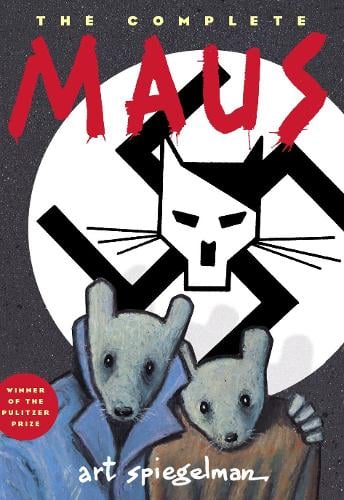
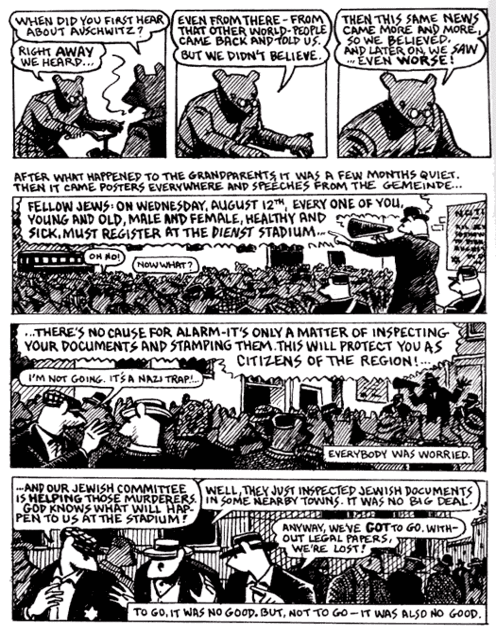

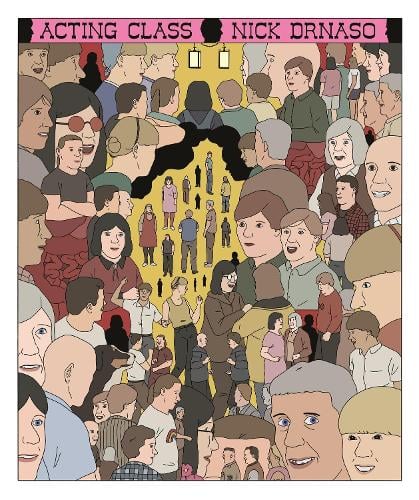



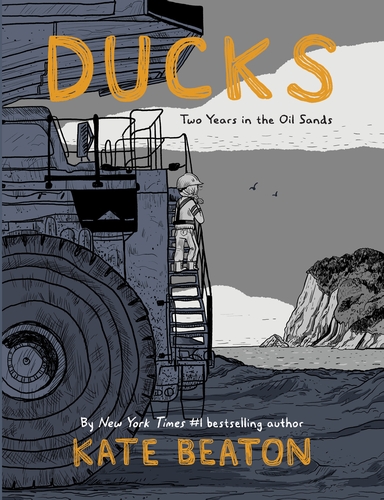

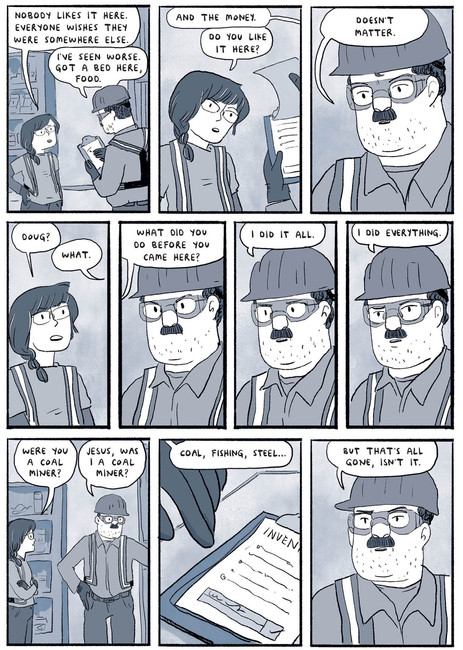

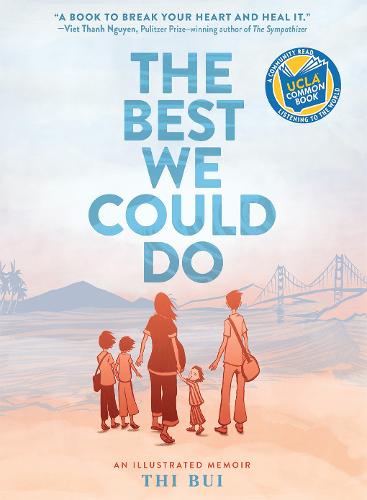



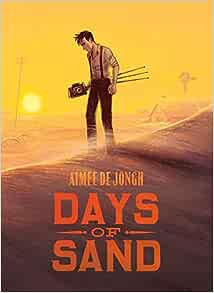


Comments